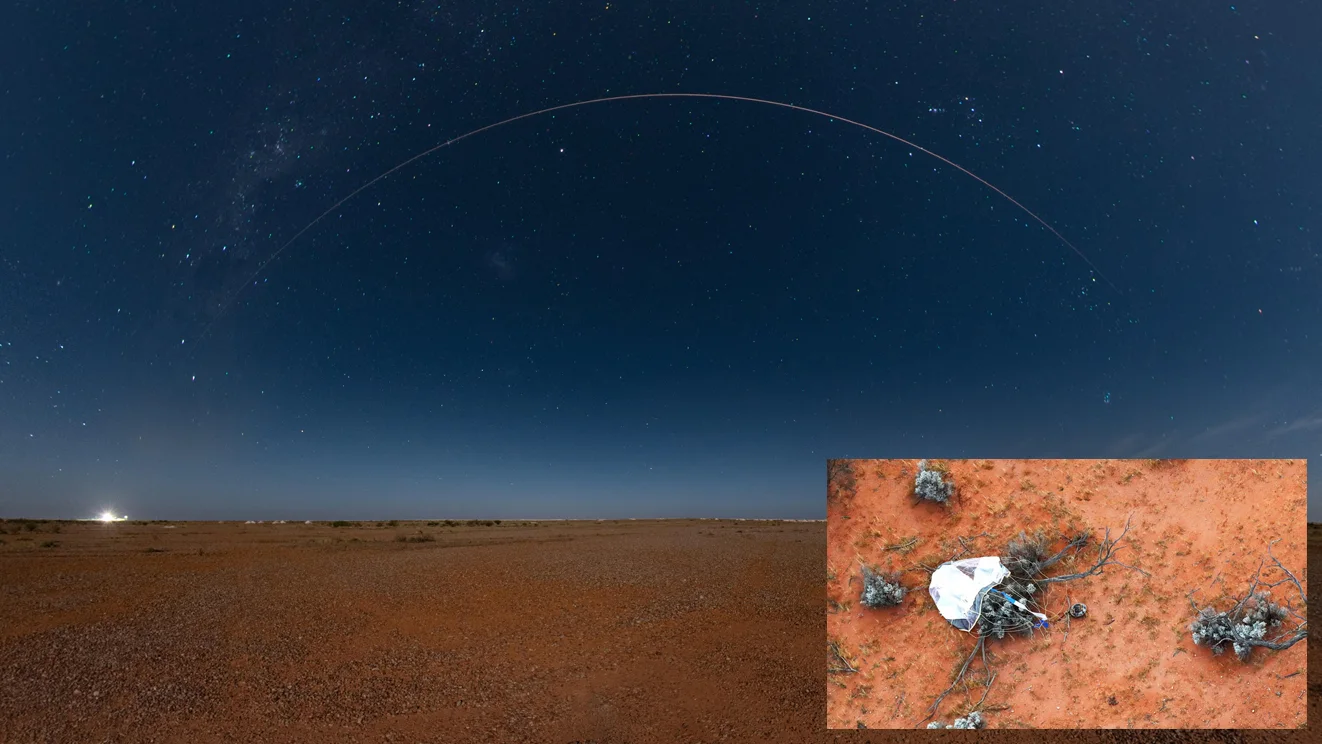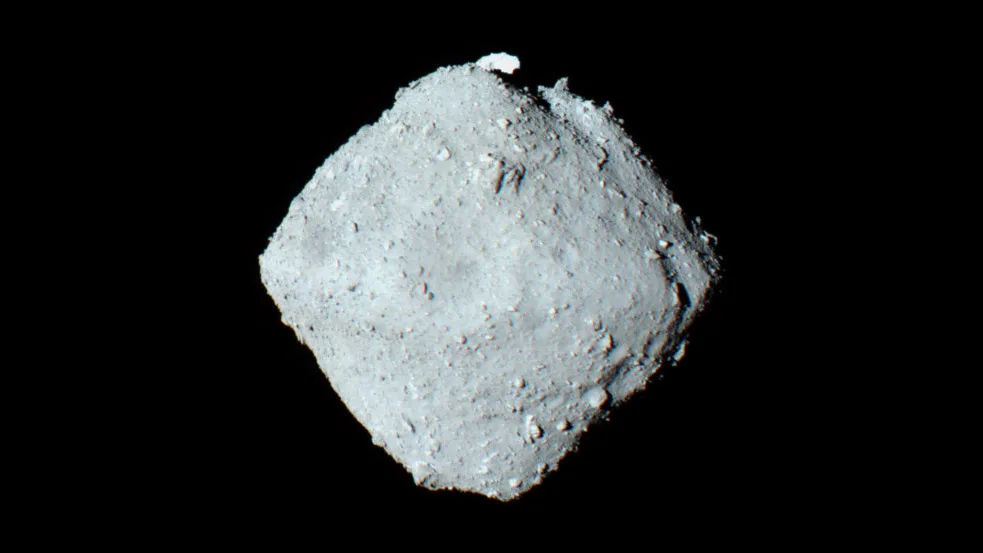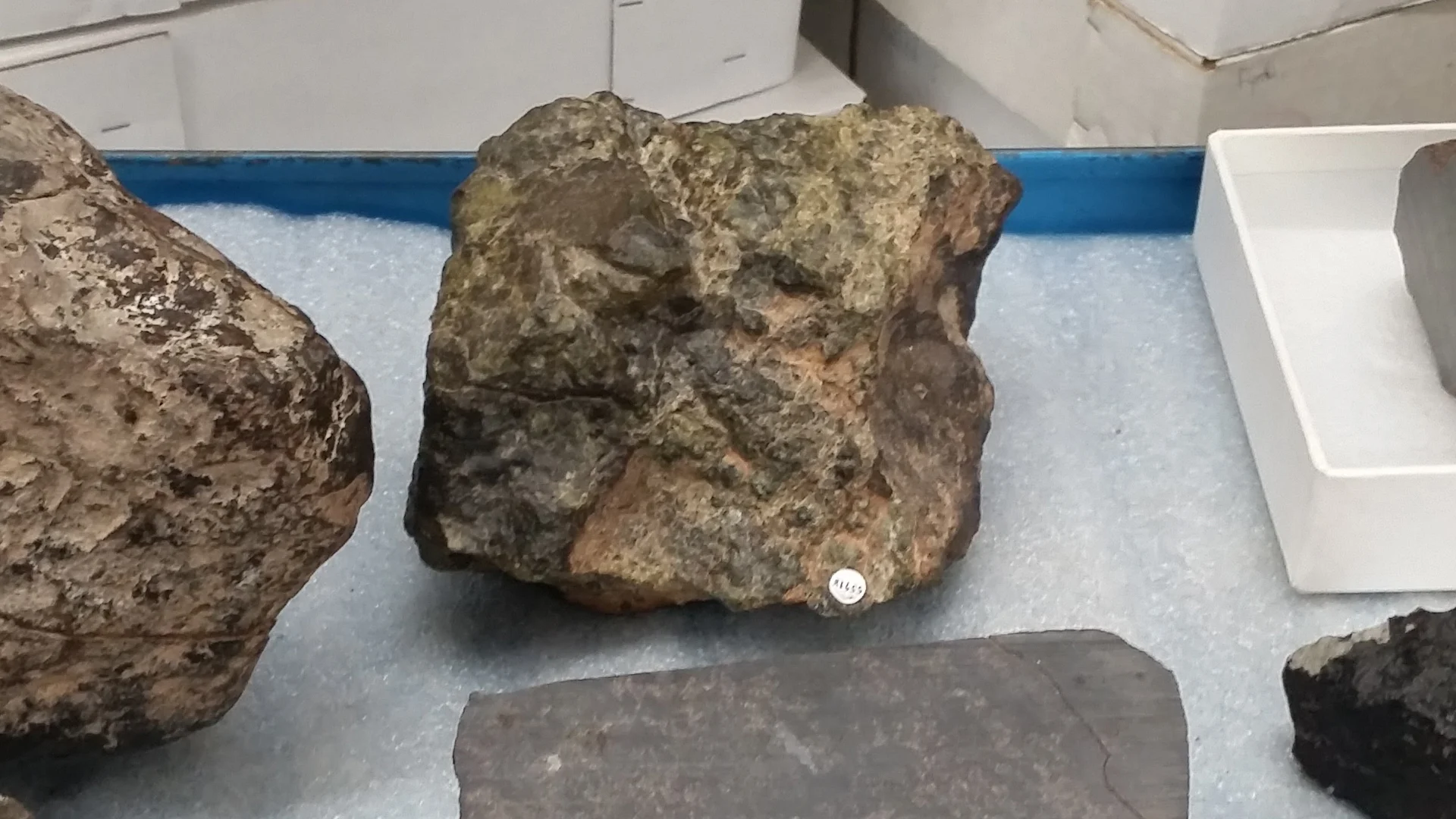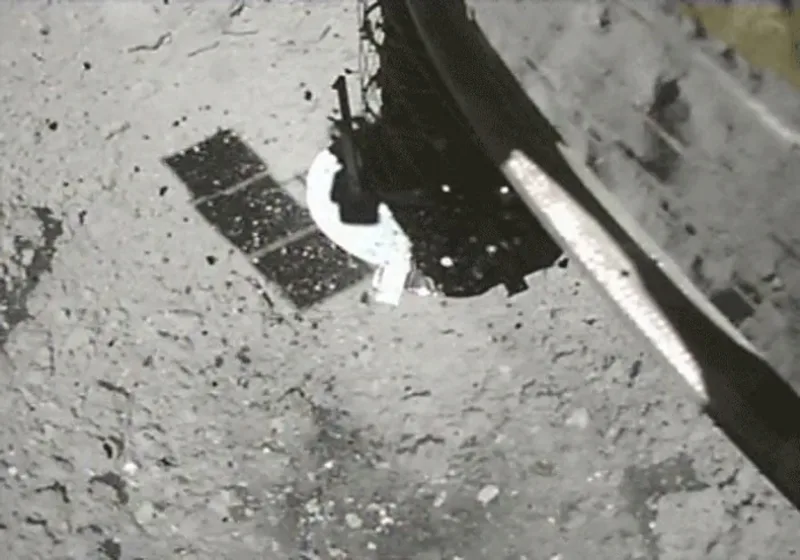
Japanese spacecraft drops precious asteroid payload off in Australian outback
After a six-year round trip to Ryugu, the Hayabusa2 spacecraft has returned a pristine sample of the asteroid to scientists here on Earth.
During a December 5 flyby, Japan's Hayabusa2 spacecraft dropped off the first subsurface asteroid sample ever collected to return to Earth. After a successful landing in southern Australia, this precious cargo is on its way to scientists for study.
In the study of our solar system, looking back in time to its beginning is just as important as observing how it is now — perhaps even more so. One way to do this is to examine materials that are virtually untouched since the birth of the Sun and its planets. These can give scientists keen insights into how these celestial objects formed and even reveal clues to how we came to be here, which can help us understand whether we are alone in the universe.

The fireball produced by the Hayabusa2 return sample capsule was captured from the town of Coober Pedy in South Australia. Inset: The sample capsule as it was found in the region after safely parachuting down to the ground. Credit: JAXA
As of this past weekend, scientists with the Japan Aerospace Exploration Agency (JAXA) now have a pristine sample of this ancient material. Collected in July 2019 by the Hayabusa2 spacecraft, this unknown amount of rock from asteroid 162173 Ryugu landed in a small re-entry capsule, in the Woomera Prohibited Area in South Australia, shortly after noon Eastern Time on Saturday.
Having retrieved the capsule, JAXA has already taken a sampling of volatile gases inside the sealed canister for analysis. Soon, they will be able to open it to see how much material from Ryugu they managed to return to Earth.

This coloured view of asteroid 162173 Ryugu was captured by the ONC-T camera on board Hayabusa2. Credit: ISAS/JAXA
WHAT'S GOING ON HERE?
Meteorites that have fallen to Earth from space have provided us with a wealth of information about what conditions were like in the early solar system. They have even been found to contain what are likely the very first materials to form here (small crystals known as calcium-aluminum inclusions). However, except in a few rare cases, these rocks have been exposed to Earth's atmosphere and biosphere for years before they are discovered. This often means that the rocks have been chemically-altered before scientists can examine them. In many cases, this has undoubtedly weathered away some of the information they could have provided us had they been found sooner.
Scanning asteroids in space with telescopes and radar can fill in some of the blanks. So far, radio telescopes like Arecibo have scanned dozens of asteroids. Other telescopes have imaged the largest asteroids, such as 4 Vesta, and gathered information on their surface properties. This has even allowed scientists to show that some meteorites found here on Earth come from Vesta (or whatever larger object Vesta may have been part of, long ago).

Based on spectral analysis of both objects, this olivine-rich meteorite (centre), from the collection at the Royal Ontario Museum, is very likely from asteroid 4 Vesta. It is surrounded by a primitive 'chondrite' meteorite (left), a more evolved 'achondrite' (bottom), and a meteorite from Mars (bottom right). Photo by Scott Sutherland
Exploring these objects up-close has provided even more insights. So far, a dozen different spacecraft have either made close flybys of asteroids or have actually stopped at one for a close inspection. The precursor to this latest JAXA mission, Hayabusa, visited potato-shaped asteroid 25143 Itokawa back in 2005 and returned a surface sample of the asteroid back to Earth in 2010.
NASA's OSIRIS-REx probe has been at asteroid 101955 Bennu since New Year's Eve 2018. It gathered its own surface sample from the 'rubble pile' earlier this year, and the spacecraft is scheduled to leave for Earth in early 2021 to deliver that sample to scientists waiting here.
The Hayabusa2 probe went a step farther than these other missions, though.

Hayabusa2 blasts a sample of subsurface material from asteroid Ryugu (visible as light-coloured against the dark shadow of Hayabusa2's solar panel) on July 11, 2019. Credit: JAXA
After arriving at Ryugu in June of 2018, it first collected a surface sample from the asteroid on February 11, 2019. However, exposure to space has impacts on an asteroid's surface materials due to the effects of sunlight and the solar wind. Therefore, to retrieve materials that have remained untouched by these effects, the spacecraft blasted a 10-metre crater in the asteroid. Then, on July 11, a second sample of pristine material was collected from this freshly-exposed crater.
WHAT'S NEXT??
While this new sample of asteroid material is returned to JAXA for study, Hayabusa2 is headed off on the next phase of its mission.
Gaining a boost from approaching so close to Earth, the spacecraft is now speeding its way towards a 2026 rendezvous with a 700-metre wide asteroid named (98943) 2001 CC21. This relatively rare L-type asteroid shows an unusual spectrum compared to other asteroid types, which may indicate that they are very, very old, potentially containing an abundance of material that dates back to before the solar system formed.
With only one sample collection container for the mission, Hayabusa2 will not be making a stop at (98943) 2001 CC21, as it did for 162173 Ryugu. Instead, it will simply make a high-speed flyby of the target, sending back images of the mysterious asteroid before continuing on to a third subject. This final planned destination, at least for the moment, is another unusual asteroid named 1998 KY26.

These computer modelled faces of asteroid 1998 KY26 were constructed using data obtained by bouncing radio waves from NASA's Goldstone Observatory off the object as it passed Earth. Credit: NASA's JPL Digital Image Animation Laboratory/Wikipedia
Detected in 1998, as it passed Earth at just over twice the distance to the Moon, 1998 KY26 is small — only around 30 metres wide — and was shown to be rotating very rapidly. The 1998 approach was the closest it is expected to come to Earth for the next 135 years, at least. Still, knowing more about this type of 'micro-asteroid' will provide us with valuable information for planetary defence.











